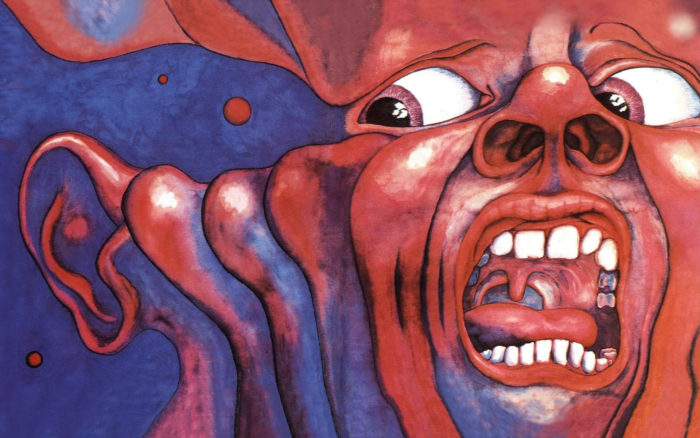Published in the Nikkei Asian Review 23/8/2015
In investment, as in other human activities, averages can be seriously misleading. On average world stock markets are little changed since last summer, even after recent turbulence, and valuations seem reasonable. Yet a closer look at the behavior of the markets reveals a more disturbing picture.
Rather than a Goldilocks scenario where the porridge is neither too hot nor too cold, we have something akin to a poorly microwaved pizza — parts of which are still frozen and parts hot enough to blister your lips.
The ratio of global stock market capitalization to global GDP currently stands at 87% — midway between the high of 123% recorded in the euphoric conditions of 2007 and the 43% of early 2009, when a replay of the 1930s seemed to be on the cards.
But an examination of the BRICS group of emerging economies illustrates the scale of the disparities in stock-market performance that have opened up. Even after its recent spectacular setback, China’s Shanghai Composite Index is up 50% since the lows of last summer.
Over the same period Brazil’s market has halved in dollar terms and Russia is down 45%, while India remains broadly flat. Other Asian markets such as Malaysia, Indonesia and Taiwan have also tanked in dollar terms, taking the MSCI Emerging Market Index to a six-year low.
This had to happen sooner or later. Much of the investment that poured into emerging markets over the past 10 years was based on the mistaken premise that countries with high levels of GDP growth and low public debts automatically constitute good investment opportunities. They do not. Developing countries nearly always have higher growth and lower public debts than developed countries. The investment attractions at any particular time depend on the prices on offer. At least it can be said that recently these markets have been becoming more attractive by the day.
Stock markets in the developed countries have been much less volatile. Yet within these markets the polarization has been remarkable. “Defensive” sectors, whose earnings are relatively stable even in downturns, have been bid up to ever higher valuations whereas “cyclicals,” which are much more sensitive to economic conditions, have languished unloved. Meanwhile biotechnology stocks whose long-term prospects are anybody’s guess have soared into the stratosphere, with the Nasdaq Biotechnology Index quadrupling over the past four years.
The trend began in the aftermath of the global financial crisis of 2008 but, rather than weakening as memories fade, it has intensified. The result has been severe underperformance of value strategies, which favor cheap stocks, in relation to strategies based on growth. There have been only two occasions over the past 30 years in which the MSCI World Value Index has been lower relative to the MSCI World Growth Index than it is now — in the blow-off phase of the Internet bubble in 1999 and, even more briefly, in 1985.
Today investors are not sensibly poised between euphoria and gloom. They are indulging in both at the same time. The neglect of value stocks reflects intense pessimism about the global economy’s ability to mount a sustainable recovery, no matter what policies are brought to bear. The boom in growth stocks reflects unbridled optimism in the ability of select companies to enjoy strong profit growth well into the future, no matter what the economic headwinds and competitive pressures.
In a recent Financial Times article, investment guru Terry Smith recently stated the case for quality growth stocks as follows: “If you plan to hold a share for the long term, the rate of return on capital it generates and can reinvest at is far more important than the rating you buy or sell at.” In other words, it does not matter if you buy a stock at an exceptionally high valuation as long as the company’s business continues to generate exceptionally high returns.
Without question that is arithmetically correct. The practical problem is that earnings estimates made by professional analysts more than three or four years into the future are worthless. Yet the higher the valuation, the more of the future is already discounted in the current stock price — and the greater the scope for disappointment.
There is a far from encouraging precedent for the current market polarization — the cult of the “Nifty Fifty” large-cap stocks that developed on Wall Street between 1968 and 1972. Then as now, economic conditions were unfamiliar and troubling. Policy-makers seemed to have no answer to rising inflationary pressures and the earnings outlook for ordinary companies seemed dismal.
In this environment surely it made sense to invest only in truly outstanding companies with assured growth prospects. Hence the 50 “one decision” stocks (you only bought and never sold) which at the end of 1972 commanded an average price-to-earnings ratio of 42.
It did not end well. Even a future winner such as Coca-Cola underperformed the market by 70% over the following eight years. Star names of the technology firmament such as Polaroid, Eastman Kodak, Burroughs, ITT and Digital Equipment were to go dark, while IBM and Xerox entered long slumps.
A narrowing market is never a healthy sign. It indicates the economic tide is weakening and can lift only a diminishing number of boats. Paradoxically, for the optimists to triumph, the stocks they are pessimistic about will have to do a lot better. If that doesn’t happen, the divergence will correct itself the old-fashioned way — via a global bear market.
